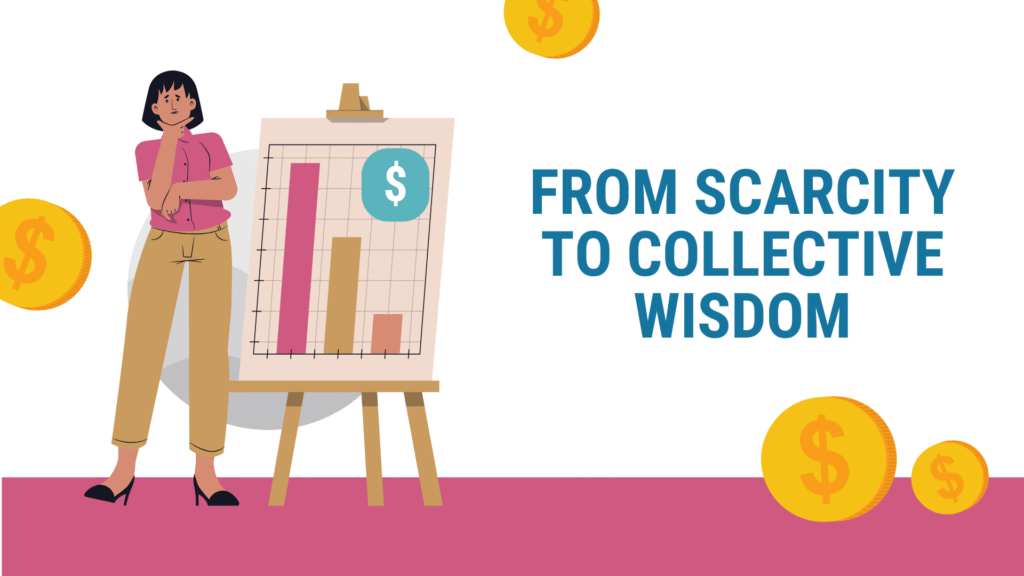
Over the past two weeks, I had the privilege of meeting, listening to, and learning from three remarkable women: two of them Afro-Latin American and one belonging to an Asian Indigenous community. What they all have in common is a lifetime shaped by activism, struggles for equality, and the tireless task of making visible and audible the marginalization and discrimination they endure.
We met through our differences and recognized ourselves in our shared perspectives on the need to strengthen the collective organization of women who seek better living conditions and more opportunities for their communities.
At first, the conversation seemed straightforward: we wanted to gather general information about the budgets managed by the organizations they represent, who their donors are, what agendas and activities are funded, and what obstacles they encounter in accessing funds. However, over those long hours of listening, we came to understand that the real conversation was something else—much more complex, sensitive, and interesting: we were talking about the relationship organizations have with money. This relationship, extremely challenging for anyone, brings with it countless biases, an individualistic logic, cultural issues, ideologies, lived experiences, attitudes, emotions, and many other factors that make it chaotic. It is just as complex for organizations.
And that’s where the surprise and tremendous learning came in. This relationship, which could be much more difficult for Indigenous women’s organizations and Afro-descendant women’s organizations due to the lack of resources available to fund them, is actually a much more virtuous, wise, and healthy relationship. The relationship with money is understood collectively, as an opportunity to strengthen the group, as a collective benefit in which individualities are lost—not only of the women who make up the organizations but also of the organizations themselves within a much larger and more important network. Resources are seen as a great opportunity to strengthen small grassroots organizations in their capacity to manage them, to take on with great responsibility and care the task of ensuring that every dollar counts in developing new skills that allow them to continue promoting and protecting the rights of their women.
If we could convey this powerful message to donors and other organizations so they could learn about this other way of relating to money and resources—a way that focuses on the collective, on the benefit of the group, on deep trust in territorial and community management—I am sure that the deeply unfair and unequal distribution that persists in the funding ecosystem could take some steps toward new paradigms.
Because the problem—even with the closure of the most important international cooperation spaces—is not a lack of money; rather, in many cases, it is the lack of interest and/or knowledge of those who distribute it about where and who are those organized women who, with great wisdom, make an absolutely transformative use of resources.

